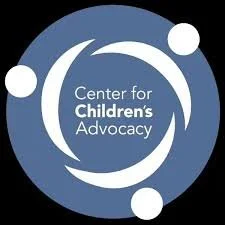Four Connecticut Companies Among Most Innovative in National Rankings
/Four Connecticut companies are among the most innovative, according to rankings published by Fast Company magazine. Harman Industries, Oxford Performance Materials, Priceline Group and GE were named among dozens of the companies, in a range of industries, for noteworthy innovative business practices and systems.
Overall, the top 10 most innovative companies of 2016, according to Fast Company, are Buzzfeed, Facebook, CVS Health, Uber, Netflix, Amazon, Apple, Alphabet, Black Lives Matter and Taco Bell. The next 10 include, Robinhood, Universal Studios, Huawei, Cyanogen, InMobi, Novocure, Bristol-Myers Squibb, Amgen, Spotify and GE.
Fast Company also announced Top 50 lists selecting the most innovative companies in more than two dozen sectors, including architecture, design, automotive, biotech, education, energy, fitness, enterprise software, gaming, healthcare, marketing & advertising, media, retail and robotics.
Stamford-based Harman International Industries reached the list of the most innovative companies in the world for vehicle technology, led by an auto sound system that creates individual “sound zones” within vehicles. Harman ranked seventh on the Fast Company ranking of the 10 most innovative companies in the automotive sector.
According to published reports, Harman’s individual sound zone concept allows drivers and passengers to personalize their own audio experiences with limited disruption or interference from other vehicle occupants, with digital signal processing tuned to the vehicle cabin and speakers to reduce the signals from other zones, regardless of whether they are music, vocal or other sounds. The Harman system utilizes a vehicle’s existing speakers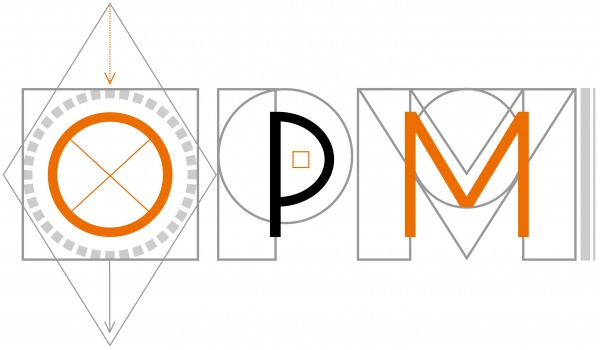 with the addition of headrest and ceiling speakers.
with the addition of headrest and ceiling speakers.
A Connecticut-based biotechnology company, South Windsor-based Oxford Performance Materials (OPM), reached the biotechnology list, ranking seventh. The company, founded in 2000, was recognized for developing spinal implants. OPM’s founder and CEO is Scott DeFelice.
A pioneer in personalized medicine, OPM Biomedical became the only company to receive FDA clearance to manufacture 3D printed patient‐specific polymeric implants when it received clearance for its cranial prostheses line for surgeons in 2013, the company website points out. The company reports it now has two additional FDA clearances, and is an original equipment manufacturer for maxillofacial implants as well as its first spinal implant line.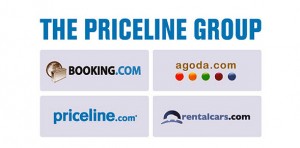
In addition, Norwalk-based Priceline Group was recognized by Fast Company among hospitality companies for its Booking.com hotel reservation system. The Priceline Group is the world’s leading provider of online travel & related services, provided to consumers and local partners in over 200 countries through six primary brands: Booking.com, priceline.com, KAYAK, agoda.com, rentalcars.com, and OpenTable.
https://youtu.be/rTrKd3vPyWk


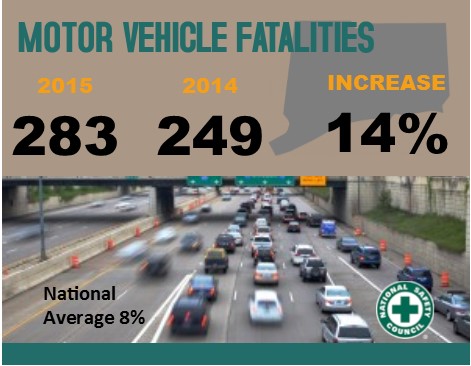 Nationally, 2015 saw the largest single-year percent increase in motor vehicle deaths since 1966. Estimates from the National Safety Council (NSC) show an 8 percent increase in 2015 compared with 2014 – with substantial changes in some states, including Connecticut. There were 283 motor-vehicle related deaths in Connecticut last year, compared with 249 in 2014 and 276 in 2013.
Nationally, 2015 saw the largest single-year percent increase in motor vehicle deaths since 1966. Estimates from the National Safety Council (NSC) show an 8 percent increase in 2015 compared with 2014 – with substantial changes in some states, including Connecticut. There were 283 motor-vehicle related deaths in Connecticut last year, compared with 249 in 2014 and 276 in 2013.
 safety, the National Safety Council recommends drivers:
safety, the National Safety Council recommends drivers: When Connecticut voters go to the polling places on Tuesday, April 26, voters in nearly two-thirds of the states will already have made their preferences known. The same day as Connecticut, presidential primaries will also be held in Delaware, Maryland, Pennsylvania and Rhode Island. The previous week, primaries will be held in New York, a state called home, at various times, by three of this year’s leading contenders – Hillary Clinton, Bernie Sanders and Donald Trump.
When Connecticut voters go to the polling places on Tuesday, April 26, voters in nearly two-thirds of the states will already have made their preferences known. The same day as Connecticut, presidential primaries will also be held in Delaware, Maryland, Pennsylvania and Rhode Island. The previous week, primaries will be held in New York, a state called home, at various times, by three of this year’s leading contenders – Hillary Clinton, Bernie Sanders and Donald Trump.
 diana, New Mexico, California, New Jersey, Nebraska, West Virginia, Oregon and Montana. Most states have their Democratic and Republic primaries on the same day, although a handful hold party primaries on different days. South Carolina’s Republican primary will be on February 20, for example, and its Democratic primary on February 27.
diana, New Mexico, California, New Jersey, Nebraska, West Virginia, Oregon and Montana. Most states have their Democratic and Republic primaries on the same day, although a handful hold party primaries on different days. South Carolina’s Republican primary will be on February 20, for example, and its Democratic primary on February 27.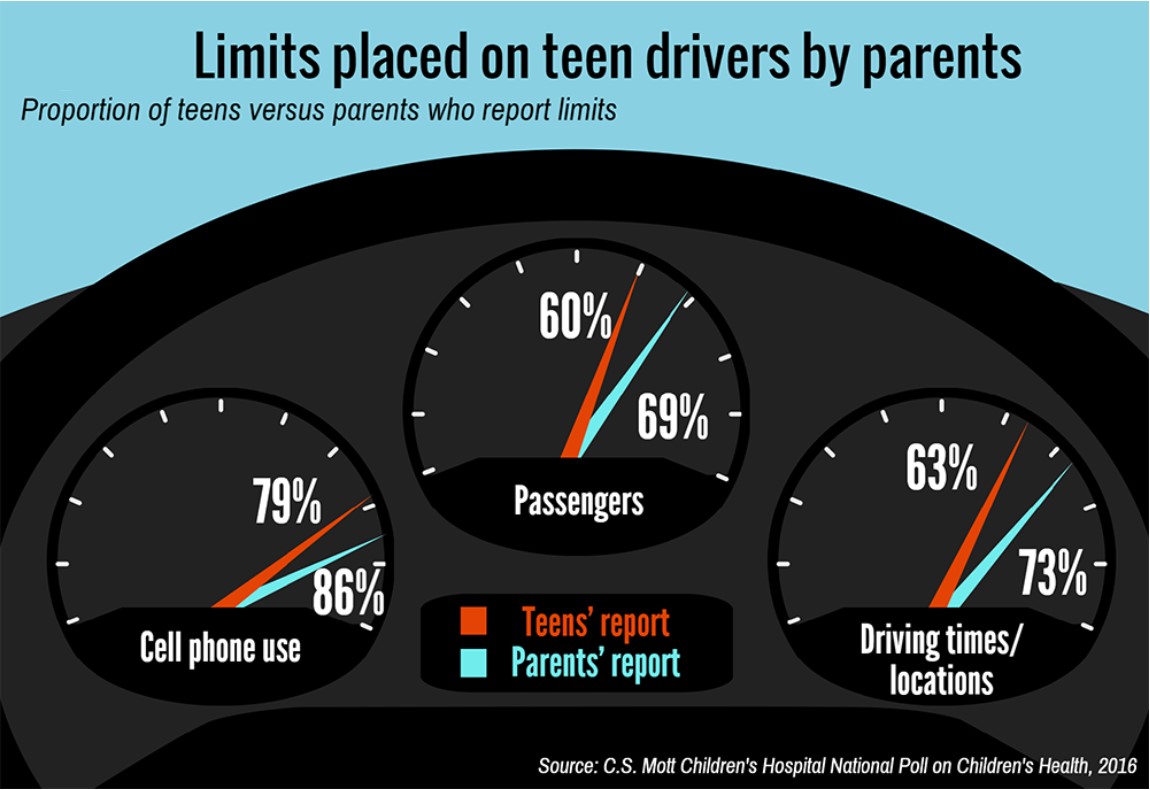

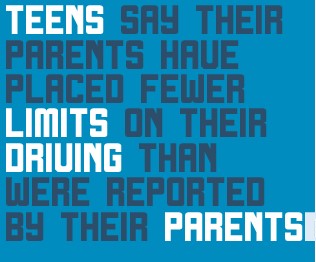
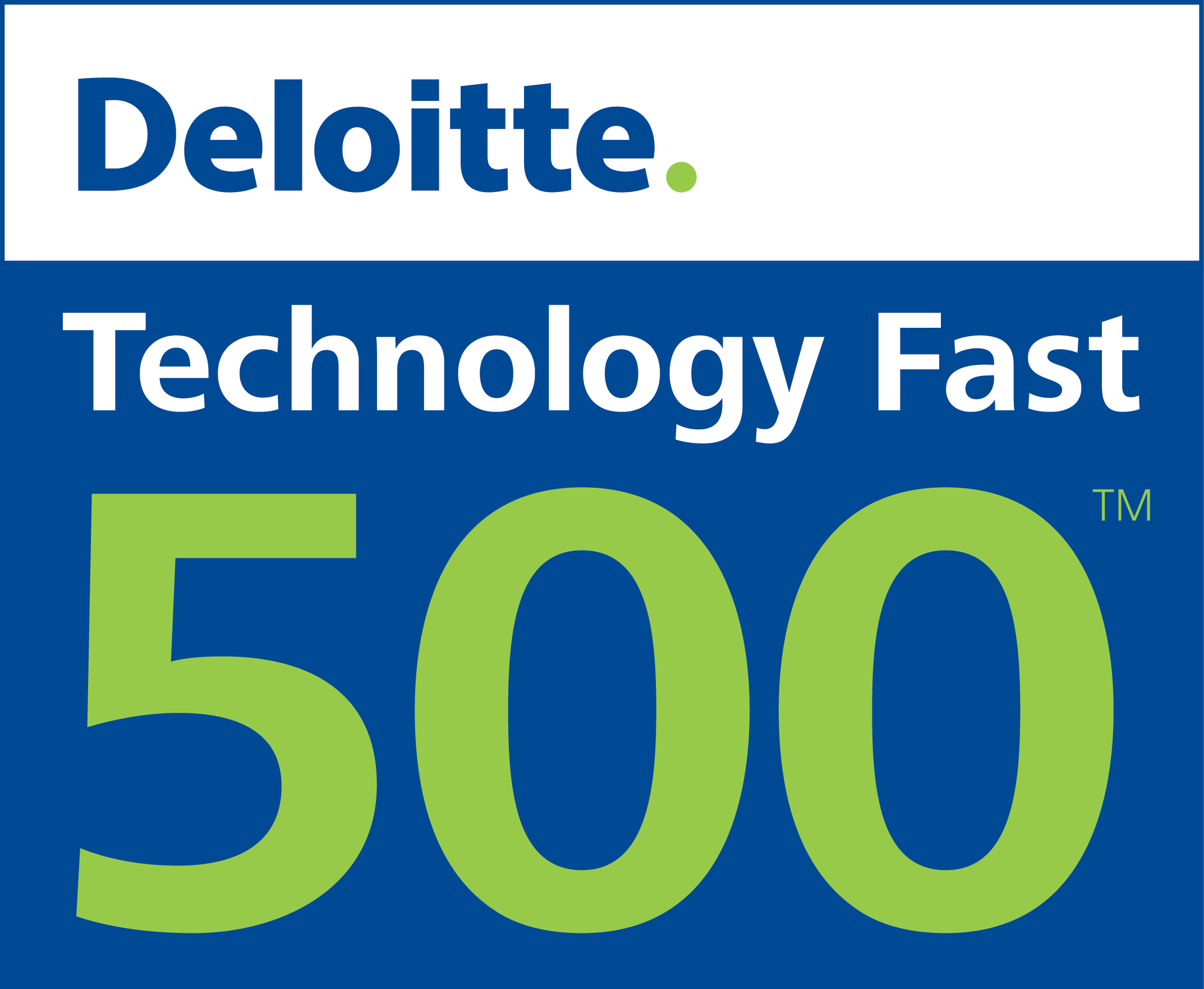

 Also making the list were Evariant of Farmington, a software developer, at number 272, and HP One, a software company in Trumbull at number 307. Biopharmaceutical company Alexion, in the midst of moving its headquarters from Cheshire to New Haven, was ranked at number 349, and etouches, a Norwalk software company ranked at number 357. Rounding out the Connecticut companies on the list is Wallingford oil extraction technology company APS Tecnhology, at number 466.
Also making the list were Evariant of Farmington, a software developer, at number 272, and HP One, a software company in Trumbull at number 307. Biopharmaceutical company Alexion, in the midst of moving its headquarters from Cheshire to New Haven, was ranked at number 349, and etouches, a Norwalk software company ranked at number 357. Rounding out the Connecticut companies on the list is Wallingford oil extraction technology company APS Tecnhology, at number 466.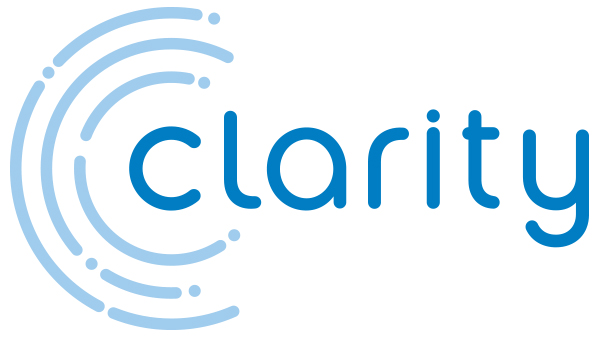 rough technology’s continued disruption and proliferation across industries,” said Sandra Shirai, principal, Deloitte Consulting LLP and US technology, media, and telecommunications leader.
rough technology’s continued disruption and proliferation across industries,” said Sandra Shirai, principal, Deloitte Consulting LLP and US technology, media, and telecommunications leader.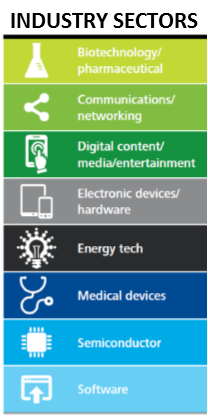 Overall, 283 of the 500 companies were in the software sector, and 67 percent of the 500 companies have received venture capital funding at some point in their company’s history. Topping the list was StartApp, with a growth rate of 21,984 percent from 2011 to 2014. Based in New York and founded in 2010, StartApp provides a free monetization and distribution platform that integrates with applications on mobile devices.
Overall, 283 of the 500 companies were in the software sector, and 67 percent of the 500 companies have received venture capital funding at some point in their company’s history. Topping the list was StartApp, with a growth rate of 21,984 percent from 2011 to 2014. Based in New York and founded in 2010, StartApp provides a free monetization and distribution platform that integrates with applications on mobile devices.

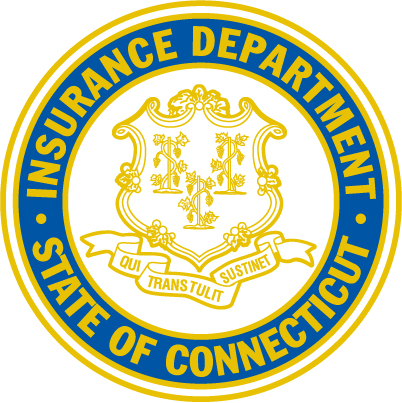



 The first TAP pathway—Biology—was approved by the Board of Regents last month, “after careful review by TAP's Framework Implementation and Review Committee (FIRC) and curriculum committees on all 17 CSCU campuses.” Additional pathways are slated to be determined beginning next month, with a total of 11 initially to be selected. Possible subject areas include history, chemistry, communication, criminology, English, math, political science, psychology, social work and sociology, according to the state Board of Regents
The first TAP pathway—Biology—was approved by the Board of Regents last month, “after careful review by TAP's Framework Implementation and Review Committee (FIRC) and curriculum committees on all 17 CSCU campuses.” Additional pathways are slated to be determined beginning next month, with a total of 11 initially to be selected. Possible subject areas include history, chemistry, communication, criminology, English, math, political science, psychology, social work and sociology, according to the state Board of Regents 
 The study also found that “the student demographics at community colleges appear to matter less than how the colleges serve students aiming to transfer. Regardless of whether they are rural or urban, or serving mostly lower or higher income students, community colleges can boost the transfer success of their students by looking to better performing schools to inform their practices.”
The study also found that “the student demographics at community colleges appear to matter less than how the colleges serve students aiming to transfer. Regardless of whether they are rural or urban, or serving mostly lower or higher income students, community colleges can boost the transfer success of their students by looking to better performing schools to inform their practices.”











